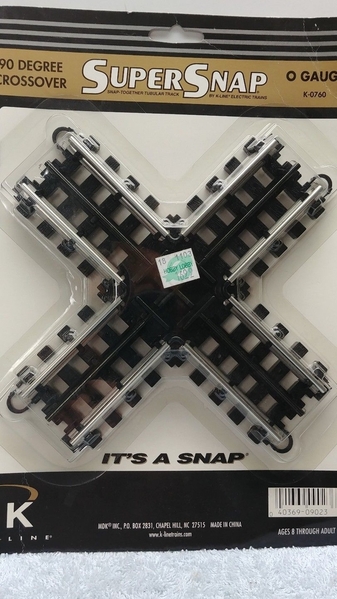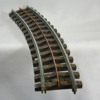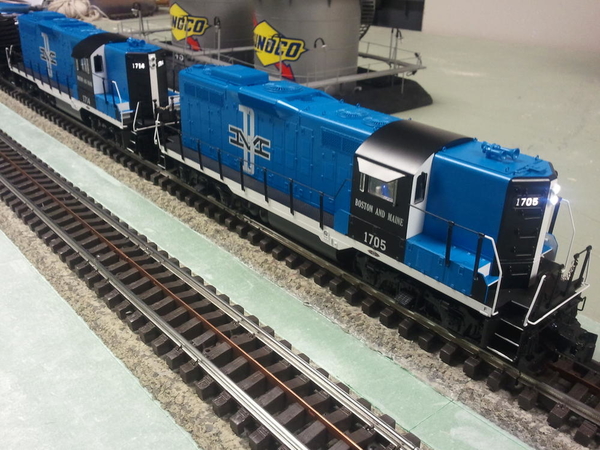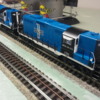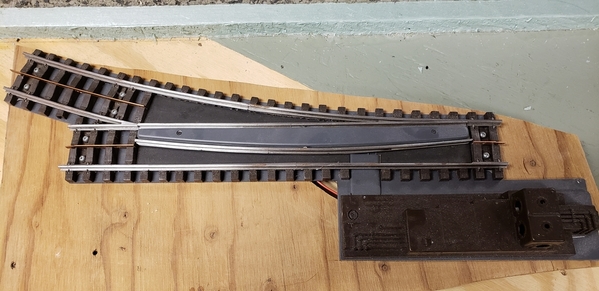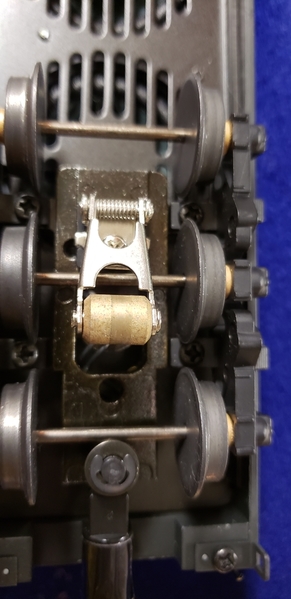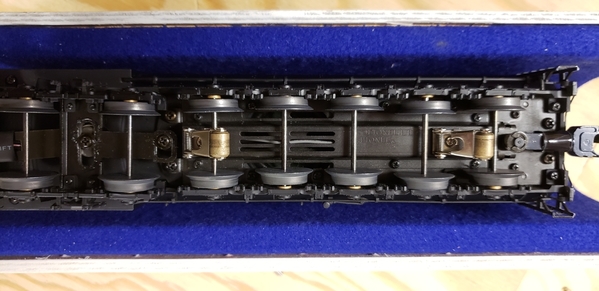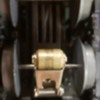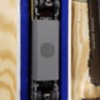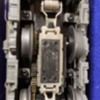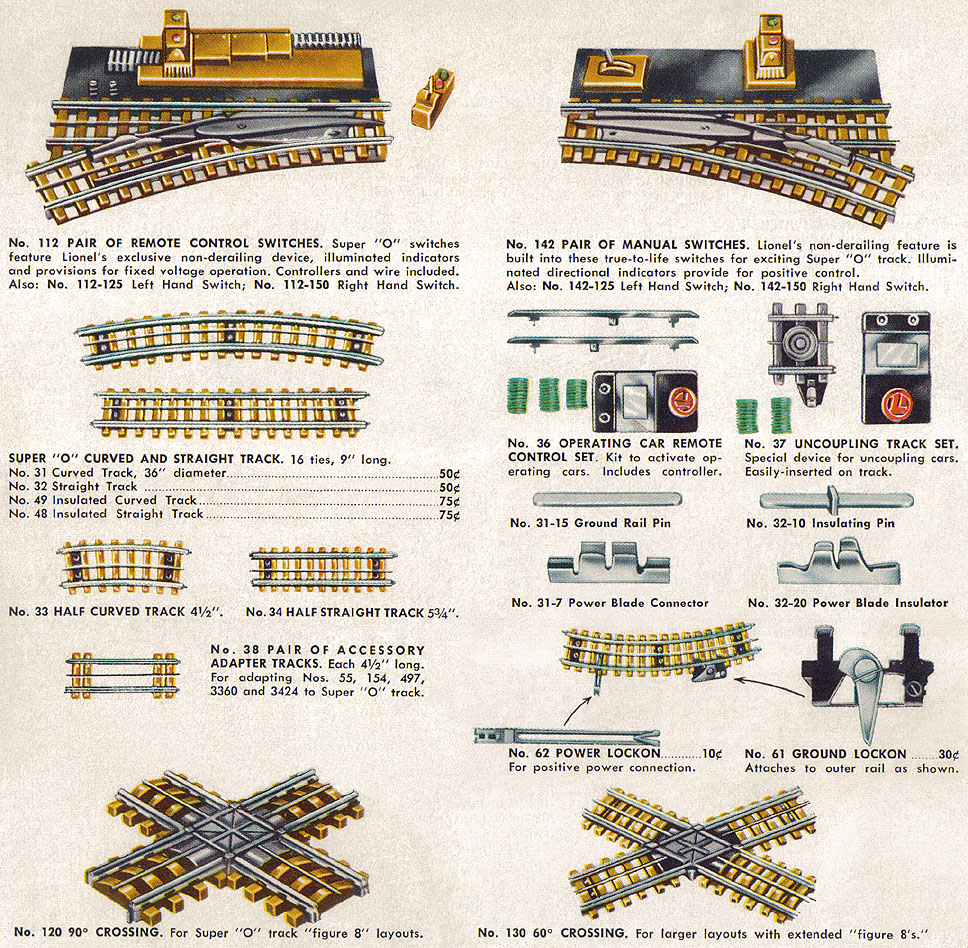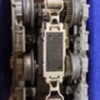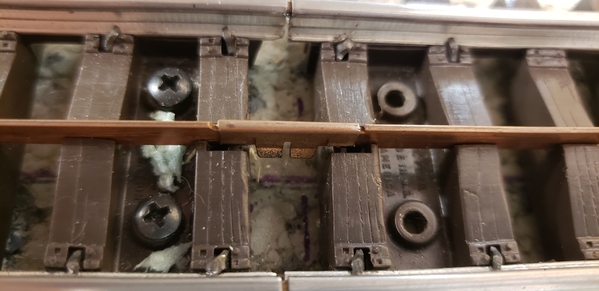The companion thread includes a compelling case for why a number of hobbyists find Super "O" track to be a very appealing alternative to the other track systems available. Based on the fact that Lionel has not chosen to reissue Super "O" to date, one could logically surmise that this decision is based upon valid business reasons according to their evaluation.
Obviously, Super "O" is not everyone's favorite, and those hobbyists would justifiably not be interested in the track system. And, a compelling argument can (and likely will) be made that there are already a number of competing track systems on the market. Additionally, some will very logically point out, that perhaps it is now too late, given that many hobbyists already have committed "all in" to another track system for their layout(s). Others might counter that, in their view, Lionel sells some gorgeous "high end" locomotives and consists, and that, in their opinion, Lionel does not sell a premium track system to complement those premium offerings.
Although I haven't followed their recent history, it is my recollection that Lionel had a vibrant licensing operation for a number of years. Perhaps Lionel could license a quality manufacturer to commence the manufacture and sale of a full line of Super "O" track, hopefully including wide radius curves, etc. In all likelihood, there would have to be a willingness by both the original developer of Super "O", and the above described (and, admittedly unidentified), "quality manufacturer" to engage in such a licensing program. Equally important, the "quality manufacturer" would likely require a compelling business interest for such manufacture. This would necessitate evaluating the arguments: (1) There already exists sufficient Super "O" on the market, with more likely becoming available as the Baby Boomers continue to move farther into the future: and, (2) There are already sufficient vendors crafting wide radius Super "O" track to satisfy demand for such track.
In conclusion, licensing is at least an interesting thought. (Given that a number of other manufacturers make product similar to postwar Lionel product, perhaps licensing may not be required.) At the minimum, Lionel should hopefully be pleased that a number of their devoted customers still have great affection for Super "O" track, and would love to see a new reissue so that they could enjoy an even more fulfilling hobby and postwar celebration.




